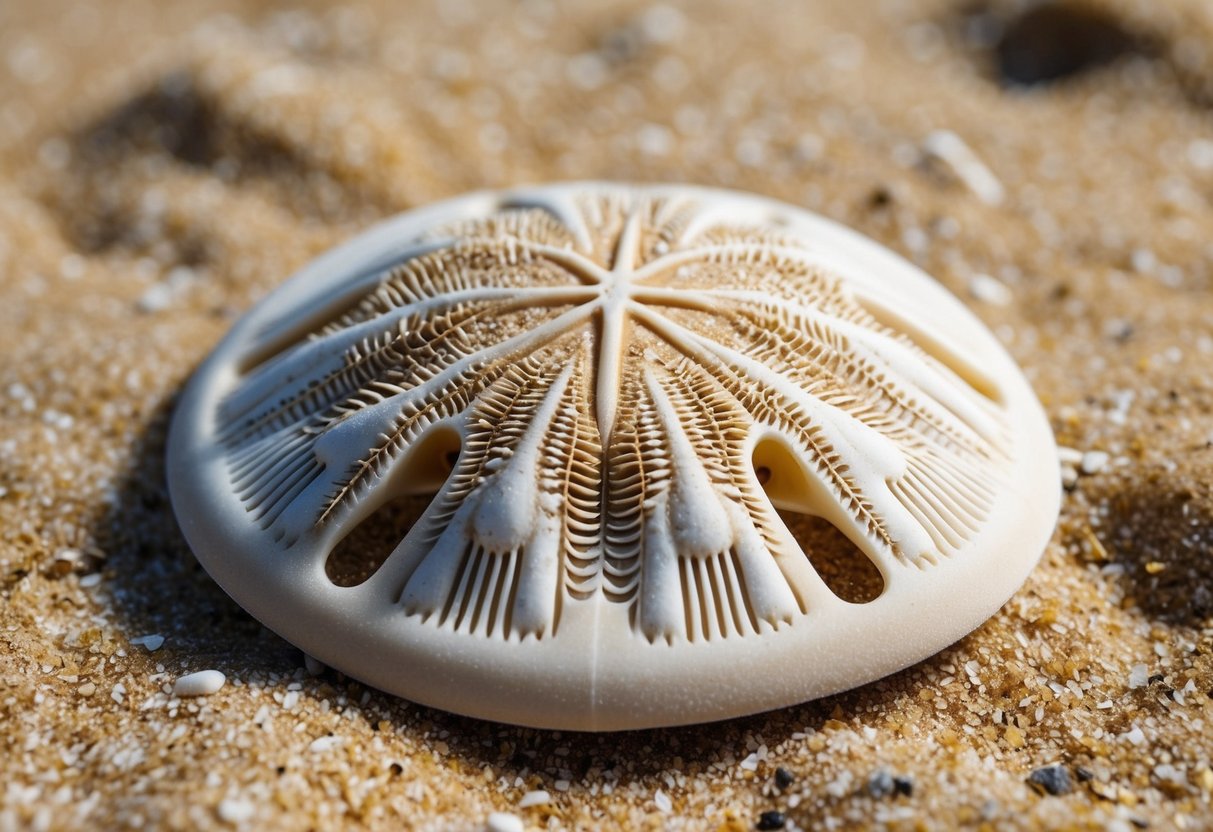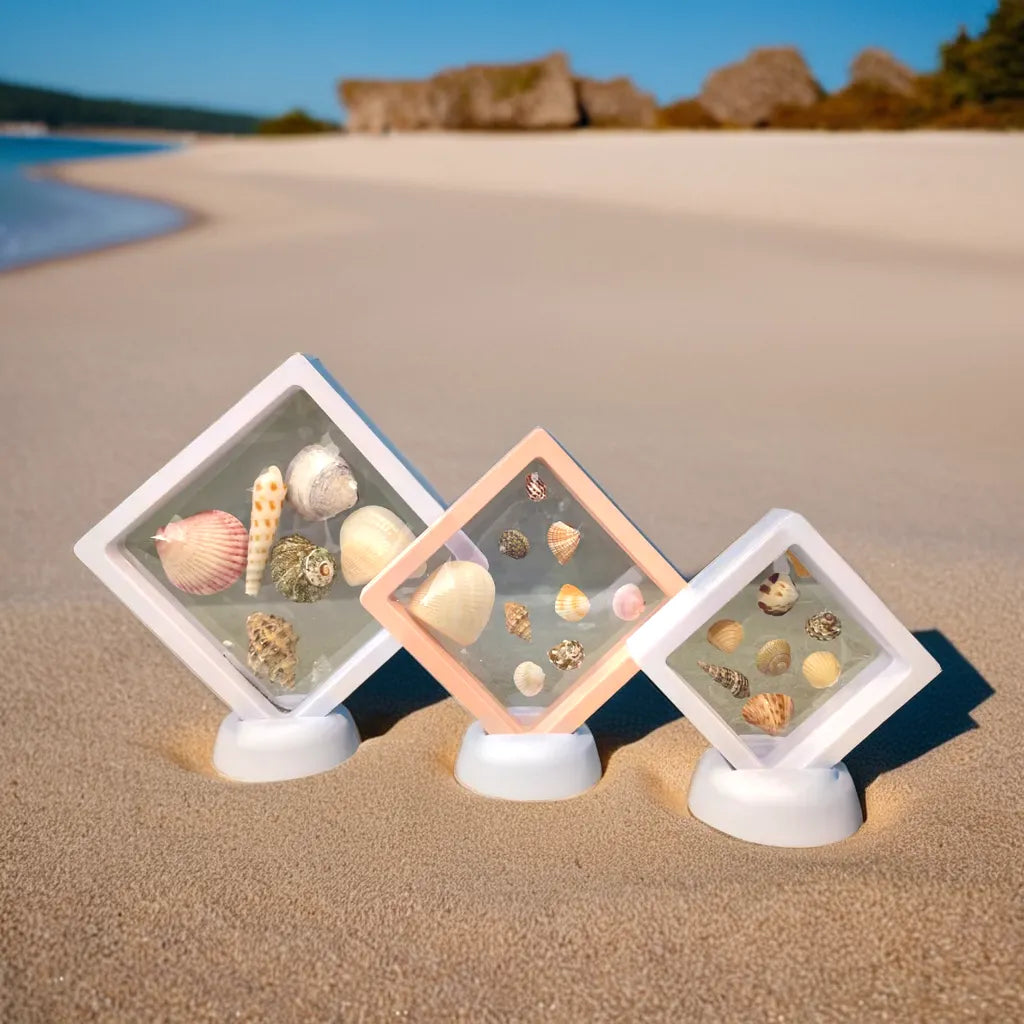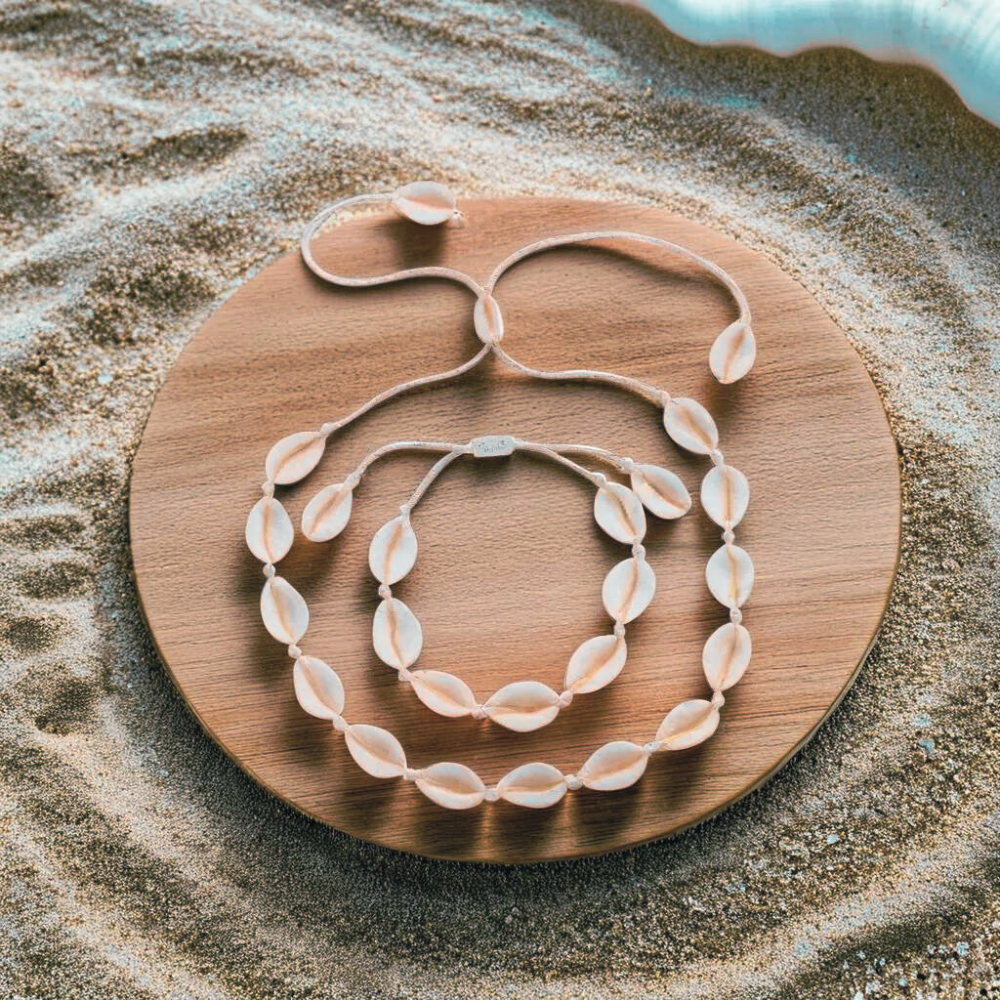Sand dollars are fascinating marine creatures known for their flat, disk-shaped bodies and unique anatomy. Their internal structure includes specialized mouthparts and a fivefold symmetric skeleton that enable them to thrive in sandy environments. Understanding the anatomy of sand dollars provides insight into how they interact with their surroundings and their place in the ecosystem.
 These echinoderms, closely related to sea urchins, have evolved specific features for burrowing and feeding on microscopic organisms in the sand. Their velvety spines and specialized limbs help them move effectively through their habitat. By exploring their morphology and internal systems, readers can appreciate the complexity of these seemingly simple animals.
The sand dollar offers a window into the rich diversity of marine life and the delicate balance of underwater ecosystems. Delving into their anatomy not only reveals how these creatures function but also highlights the importance of conserving their habitats for future generations.
These echinoderms, closely related to sea urchins, have evolved specific features for burrowing and feeding on microscopic organisms in the sand. Their velvety spines and specialized limbs help them move effectively through their habitat. By exploring their morphology and internal systems, readers can appreciate the complexity of these seemingly simple animals.
The sand dollar offers a window into the rich diversity of marine life and the delicate balance of underwater ecosystems. Delving into their anatomy not only reveals how these creatures function but also highlights the importance of conserving their habitats for future generations.
 Sand dollars are fascinating marine animals known for their unique disc shape and intricate anatomy. These creatures belong to the class Echinoidea and play an important role in their ecosystems.
Sand dollars are fascinating marine animals known for their unique disc shape and intricate anatomy. These creatures belong to the class Echinoidea and play an important role in their ecosystems.
 Sand dollars possess unique features that contribute to their functionality and survival. Their body is adapted for a specific lifestyle, which includes a flattened shape and specialized structures. The following subsections discuss the test, symmetry, shape, and the roles of spines and cilia in sand dollars.
Sand dollars possess unique features that contribute to their functionality and survival. Their body is adapted for a specific lifestyle, which includes a flattened shape and specialized structures. The following subsections discuss the test, symmetry, shape, and the roles of spines and cilia in sand dollars.
 These echinoderms, closely related to sea urchins, have evolved specific features for burrowing and feeding on microscopic organisms in the sand. Their velvety spines and specialized limbs help them move effectively through their habitat. By exploring their morphology and internal systems, readers can appreciate the complexity of these seemingly simple animals.
The sand dollar offers a window into the rich diversity of marine life and the delicate balance of underwater ecosystems. Delving into their anatomy not only reveals how these creatures function but also highlights the importance of conserving their habitats for future generations.
These echinoderms, closely related to sea urchins, have evolved specific features for burrowing and feeding on microscopic organisms in the sand. Their velvety spines and specialized limbs help them move effectively through their habitat. By exploring their morphology and internal systems, readers can appreciate the complexity of these seemingly simple animals.
The sand dollar offers a window into the rich diversity of marine life and the delicate balance of underwater ecosystems. Delving into their anatomy not only reveals how these creatures function but also highlights the importance of conserving their habitats for future generations.
Key Takeaways
- Sand dollars have specialized mouthparts and a symmetrical skeleton.
- They use their spines for movement and burrowing in the sand.
- Understanding their anatomy is key to appreciating marine biodiversity.
Overview of Sand Dollar
 Sand dollars are fascinating marine animals known for their unique disc shape and intricate anatomy. These creatures belong to the class Echinoidea and play an important role in their ecosystems.
Sand dollars are fascinating marine animals known for their unique disc shape and intricate anatomy. These creatures belong to the class Echinoidea and play an important role in their ecosystems.
Classification and Taxonomy
Sand dollars are classified within the phylum Echinodermata, which includes sea urchins and starfish. They belong to the class Echinoidea, which can be divided into two main groups: regular and irregular echinoids. Sand dollars are considered irregular echinoids, characterized by their flattened, disk-like bodies. The scientific name for many sand dollar species is Echinarachnius, although other genera exist. Notably, sand dollars possess a calcareous exoskeleton called a test. This structure provides protection and support.Ecology and Habitat
Sand dollars thrive in sandy or muddy environments along coastlines. They are commonly found buried just below the surface of the sea floor. These animals prefer shallow waters where they can access algae and detritus, their primary food sources. They play a crucial role in the marine ecosystem by helping to recycle nutrients. Sand dollars are often affected by water conditions, such as temperature and salinity. Their ability to adapt to changing environments contributes to their survival in various coastal regions.Morphology and Structure
 Sand dollars possess unique features that contribute to their functionality and survival. Their body is adapted for a specific lifestyle, which includes a flattened shape and specialized structures. The following subsections discuss the test, symmetry, shape, and the roles of spines and cilia in sand dollars.
Sand dollars possess unique features that contribute to their functionality and survival. Their body is adapted for a specific lifestyle, which includes a flattened shape and specialized structures. The following subsections discuss the test, symmetry, shape, and the roles of spines and cilia in sand dollars.
Test Description
The test of a sand dollar is its hard, flat shell, typically round or oval in shape. This structure is composed of calcium carbonate and has a distinct pattern of holes and grooves. The test is divided into five zones, known as ambulacra, which are characterized by pore structures for tube feet. The mouth, located on the underbelly, is protected by two major openings: the peristome for feeding and the periproct for waste elimination. These features help the sand dollar efficiently manage its feeding and locomotion while remaining buried within the sediment.Symmetry and Shape
Sand dollars exhibit a unique form of bilateral symmetry, differing from typical echinoids. The flattened body allows them to easily bury into the sand, providing added protection from predators. Each sand dollar has a distinctive rounded shape with a smooth surface and defined edges. The pattern of holes and petaloid formations on the test helps differentiate various species. This morphology plays a key role in their adaptation to sandy ocean floors, aiding in movement and stability.Spines and Cilia
Sand dollars have small, flexible spines covering their test. These spines serve several important functions. They help in locomotion by pushing against the sandy substrate, allowing the sand dollar to move and reposition itself. Cilia, tiny hair-like structures, cover the sand dollar's body as well. They assist in feeding by sweeping food particles towards the mouth. Together, the spines and cilia help sand dollars navigate their environment and feed efficiently. This combination of structures makes sand dollars well-equipped for life in sandy marine habitats.Internal Anatomy
The internal anatomy of a sand dollar includes several complex systems that play important roles in its survival. This section explores the water vascular system, digestive system, respiratory system, and nervous system. Each system contributes to how the sand dollar interacts with its environment and maintains its functions.Water Vascular System
The water vascular system is crucial for a sand dollar's movement and feeding. It consists of a network of tubes filled with seawater. This system helps in locomotion via tube feet, which can extend and retract to help the sand dollar move and hold onto surfaces. These tube feet also aid in feeding, allowing the sand dollar to collect food from the ocean floor. By using hydraulic pressure, the sand dollar can manipulate its tube feet efficiently. This system not only supports movement but also helps with the sand dollar's ability to stay anchored in its sandy habitat.Digestive System
The digestive system of a sand dollar is specialized for its unique feeding habits. Sand dollars primarily eat algae and small organic particles. They have five jaw sections that they use to scrape and consume food from rocks and sand. After ingestion, food passes into a simple stomach where it is digested. The absorbed nutrients are transported throughout the body to provide energy. The sand dollar can also retract its mouthparts when not feeding, conserving energy. Waste is expelled through an opening, completing the digestive process.Respiratory System
A sand dollar breathes through its simple respiratory system, which relies on diffusion. This system does not have specialized gills like some other marine animals. Instead, oxygen from the water filters through the body walls. As seawater passes over the sand dollar's body, it allows for gas exchange. Carbon dioxide is expelled as oxygen is absorbed. This process is efficient and suited for their lifestyle on the ocean floor, where they stay partially buried in sand.Nervous System
The nervous system of a sand dollar is decentralized. Instead of a brain, it has a nerve ring around its mouth with radial nerves extending into the body. This allows for coordinated movement of the tube feet. Although simple, the nervous system is effective for responding to environmental changes. The sand dollar can react to stimuli like predators or changes in water current. This system ensures that it can move and respond to threats while remaining mostly buried in the sand.Reproduction
Sand dollars have a unique approach to reproduction. They possess both male and female reproductive organs, allowing them to reproduce sexually. Their life cycle involves several distinct stages that contribute to their development and sustainability in marine environments.Reproductive Organs
Sand dollars are hermaphrodites, meaning they have both male and female reproductive structures. This allows them to produce both eggs and sperm. Despite having both sets of organs, they cannot self-fertilize. Instead, they must mate with another sand dollar to successfully reproduce. During mating, eggs are fertilized in the water after being released from the female's body. The males release sperm at the same time to ensure fertilization.Life Cycle and Development
The life cycle of a sand dollar includes four main stages: egg, larva, juvenile, and adult. After fertilization, the egg develops into a larval form called a pluteus. This larva drifts in the ocean for several weeks before settling on the ocean floor. Once settled, it transforms into a juvenile sand dollar. This stage will mature into an adult, capable of reproducing itself. Sand dollars typically live for about 8-10 years, facing threats from predators and environmental factors throughout their lives.Locomotion
Sand dollars move primarily through their specialized anatomy. They use tube feet and unique burrowing techniques to navigate their sandy habitat effectively.Tube Feet
Sand dollars are equipped with small, flexible structures called tube feet. These feet are part of their water vascular system, which controls hydraulic pressure to allow movement. Each tube foot can extend and retract, helping sand dollars grip surfaces and move. The tube feet are covered in tiny suction tips. This allows the sand dollar to adhere to surfaces as it moves across sand or other materials. This method of locomotion is efficient for both moving and feeding. The foot movements can also help the sand dollar adjust its position in response to currents or threats.Burrowing Movement
Sand dollars possess a unique method of burrowing into the sand. Their bodies are flattened, allowing them to easily slide beneath the surface where they seek protection. They use their tube feet to push against sand particles, creating small openings. The fine, velvet-textured spines also aid in this process. These spines help the sand dollar manipulate sand and create a secure hiding spot from predators. This burrowing behavior is vital for survival. It protects them from strong currents and potential predators that inhabit their natural environment.Feeding Mechanisms
Sand dollars have unique feeding mechanisms that allow them to thrive in their ocean habitats. They are filter feeders, using specialized body structures to capture food from the water.Diet and Feeding Habits
Sand dollars primarily eat organic matter, including plankton and detritus. Their diet can vary based on the availability of food sources.- Plankton: Many sand dollars consume tiny organisms such as algae and zooplankton.
- Detritus: They also feed on decaying organic materials that settle on the ocean floor.
Food Capture and Digestion
Sand dollars capture food using their tube feet, which are covered in tiny spines. These structures help filter food from the water as it flows over their bodies.- Water Flow: The tube feet create currents that pull in small particles.
- Food Trapping: As food passes, it gets trapped in mucus secreted by the sand dollar's body.
- Digestion: The trapped food is then moved to the mouth and ingested.































